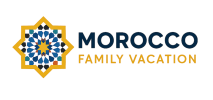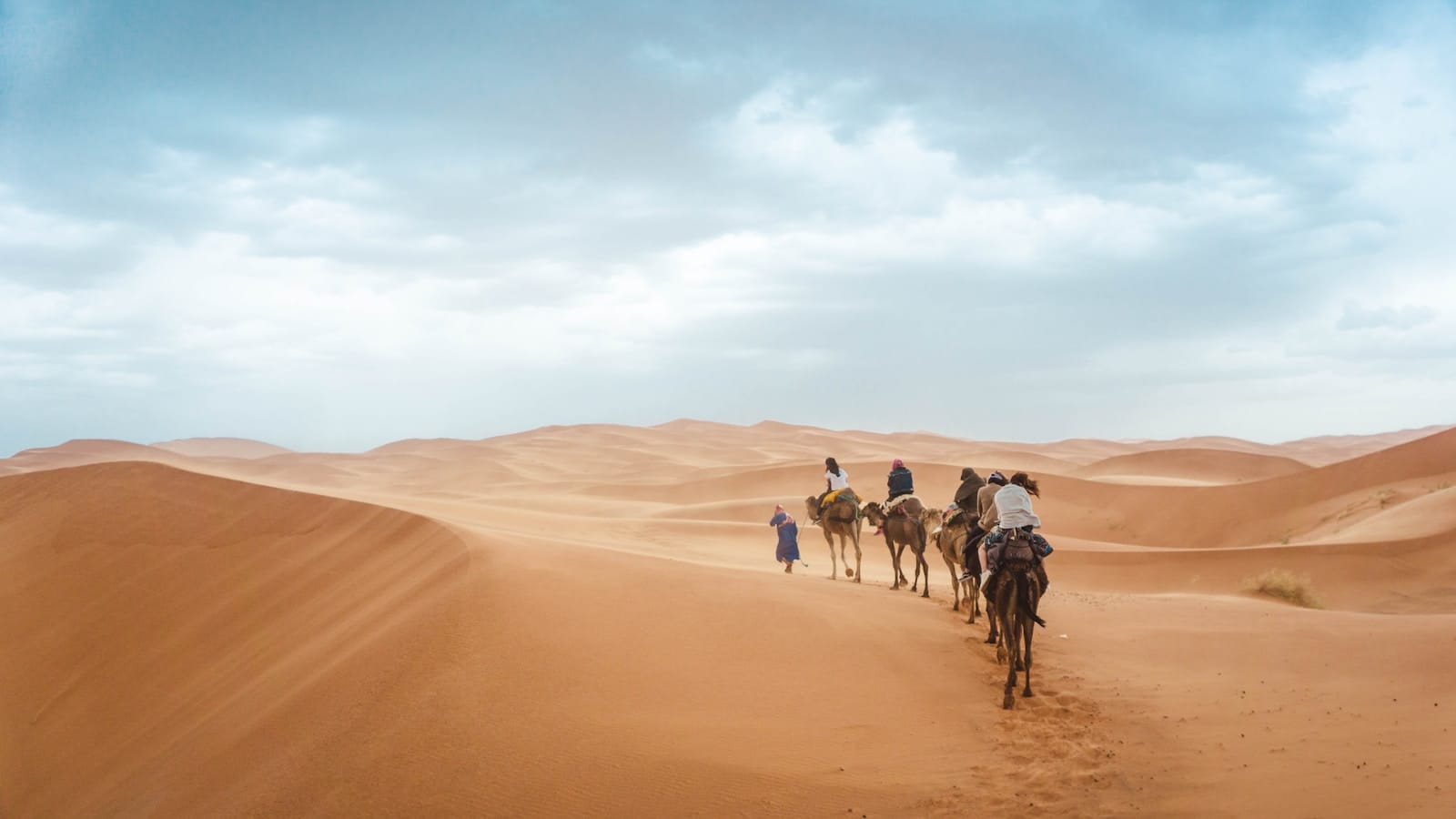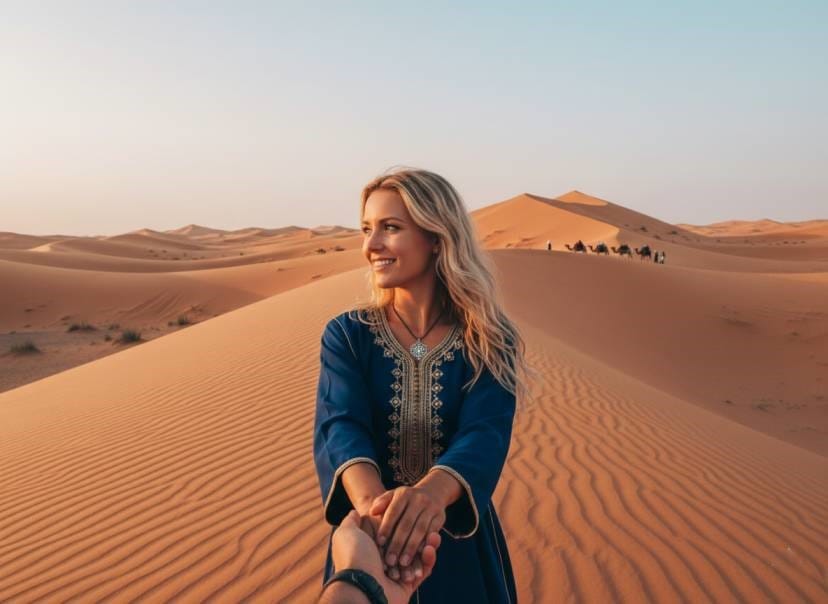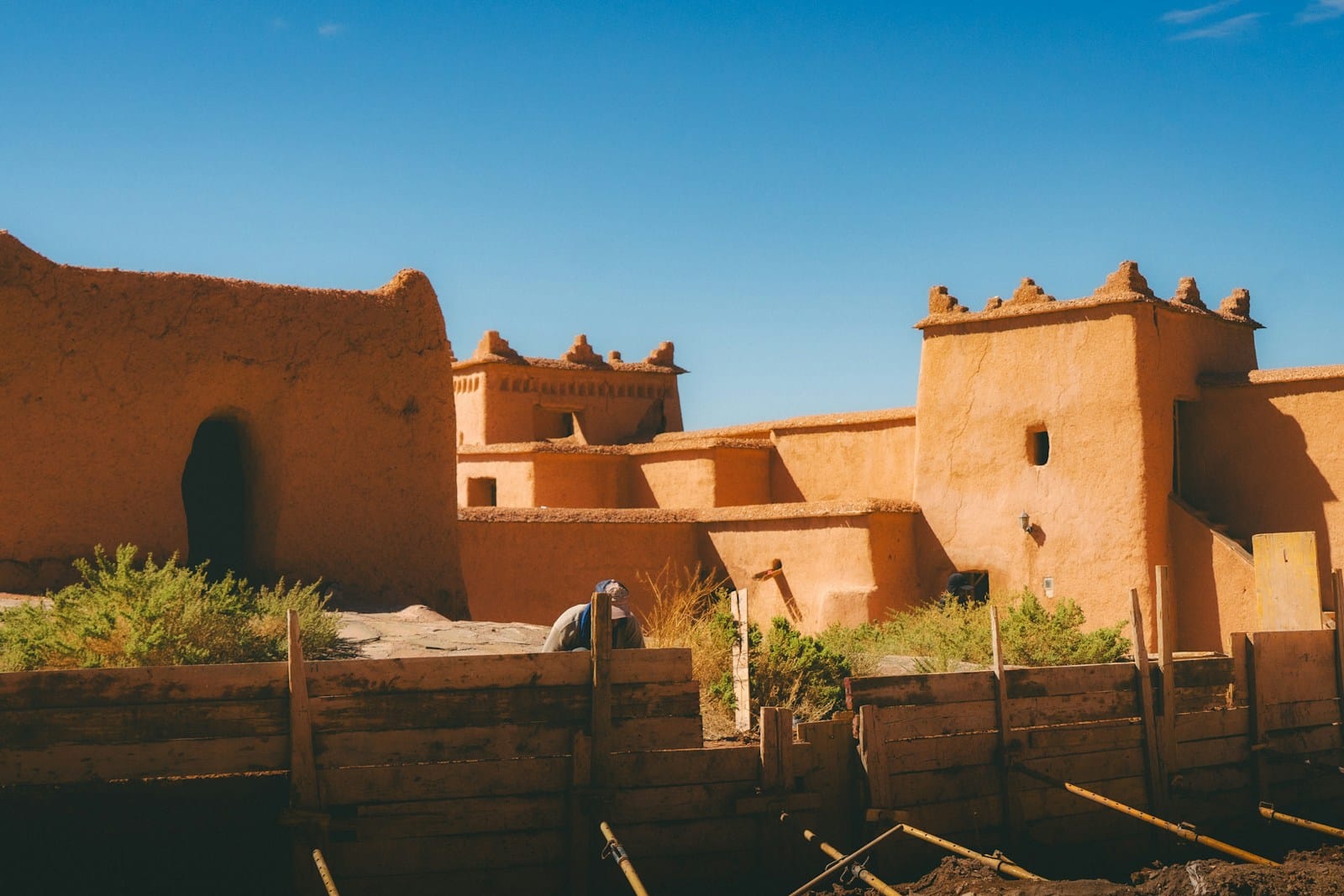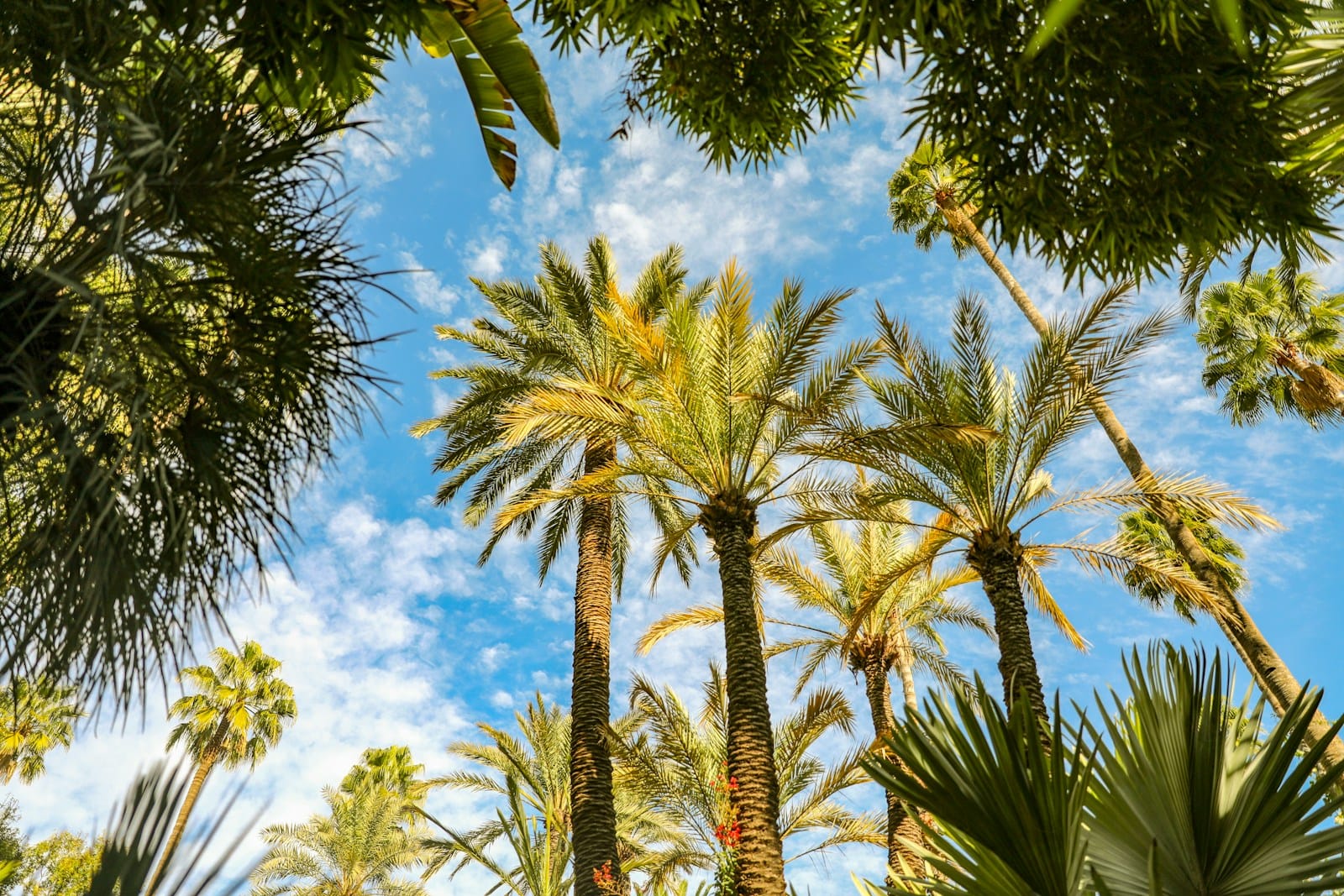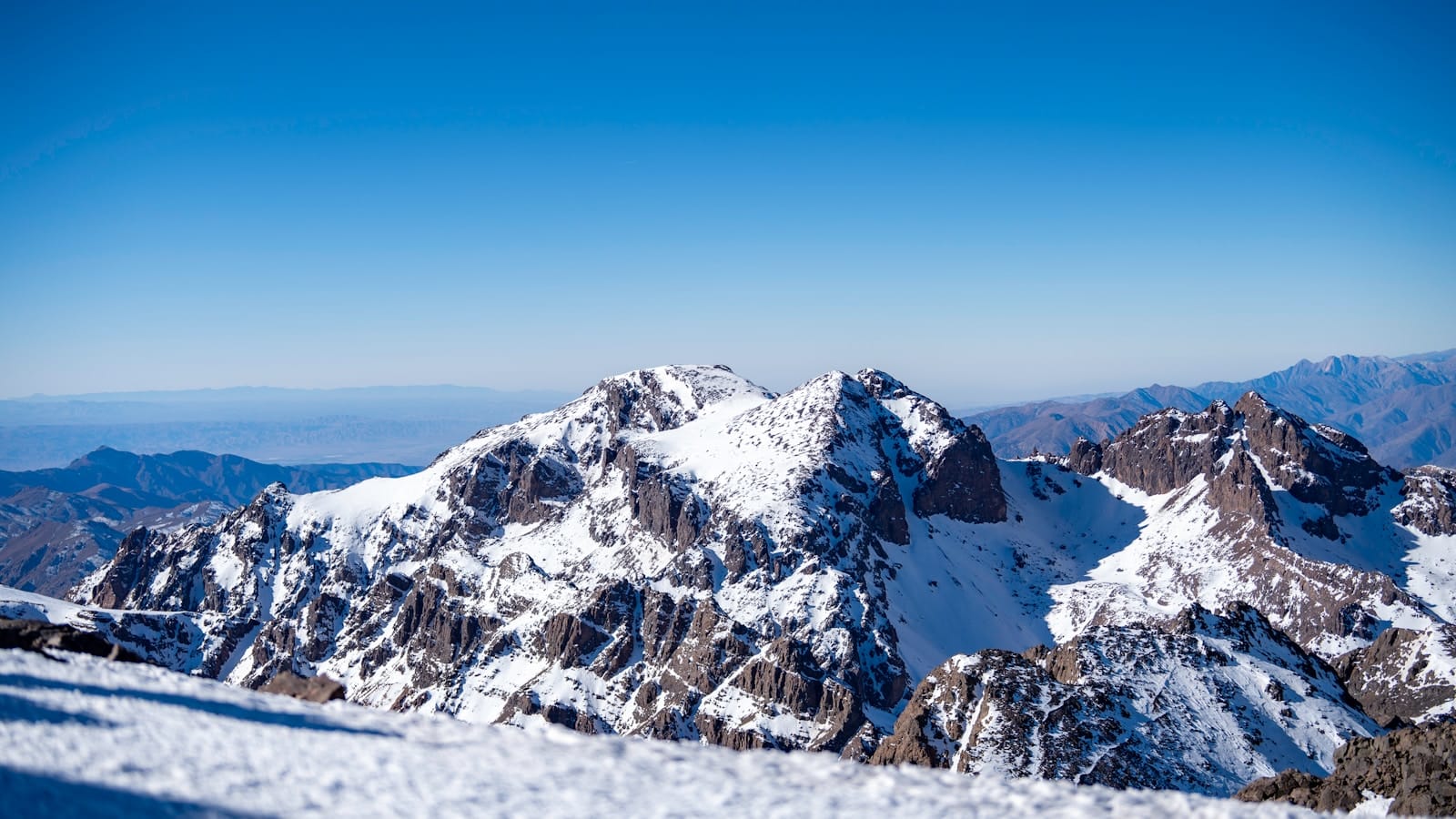Discover Moroccan Heritage: Culture, Traditions and, History
Unveiling the Rich Heritage of Morocccan Culture and People
Moroccan Heritage and People Morocco Travel Guide
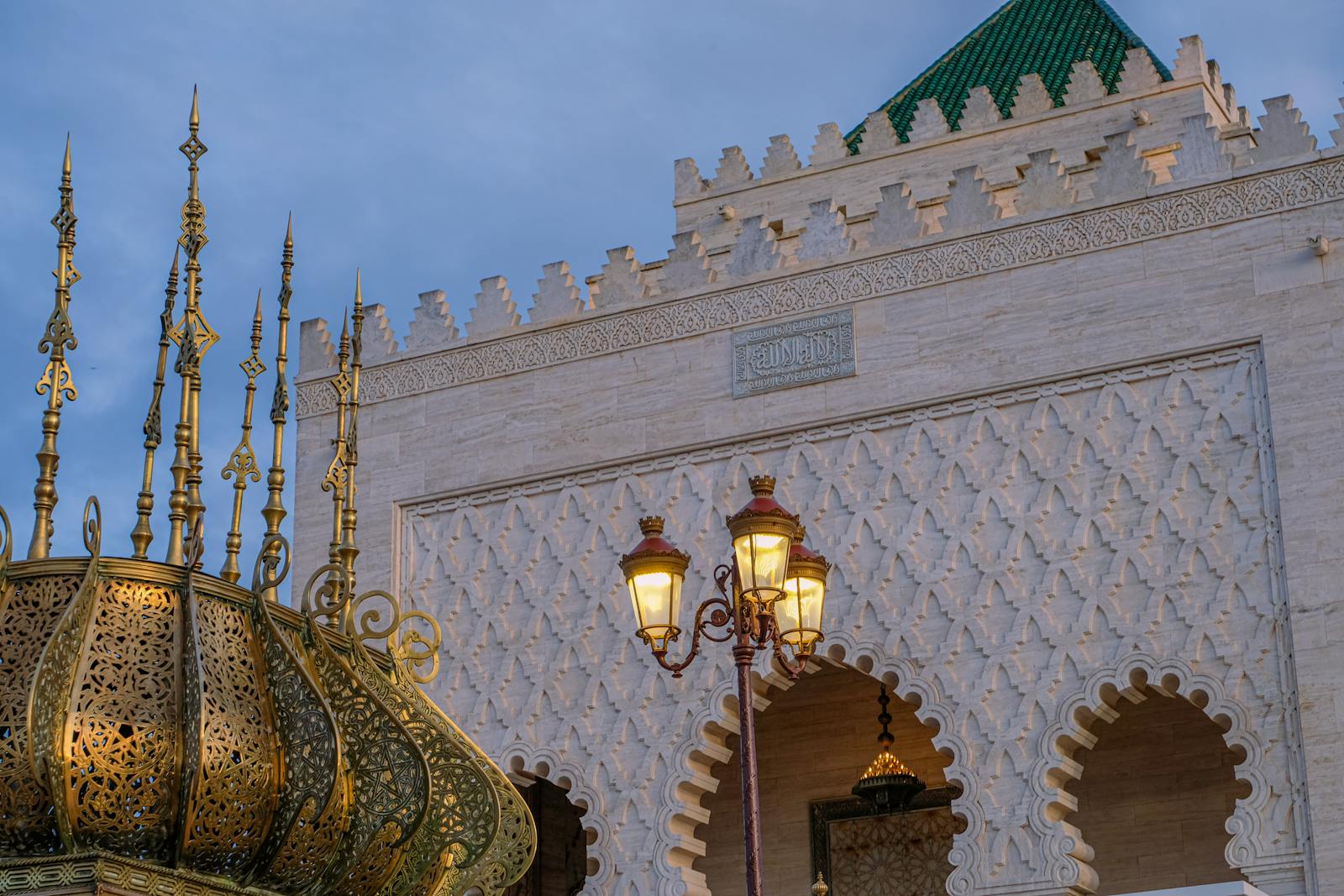
Short answer: Moroccan heritage is a centuries-old blend of Berber, Arab, and Mediterranean influences seen today in the country’s architecture, music, cuisine, languages, and daily life.
The Rich Tapestry of Moroccan History Morocco, a country roughly the size of California, boasts a history as colorful and intricate as its famous carpets. With a population of approximately 38 million, this North African nation has weathered centuries of change, including recent French colonization and Spanish influence. Despite its tumultuous past, Morocco has emerged as a beacon of hospitality. Travelers and scholars alike often remark on the exceptional kindness of Moroccan people, making it a must-visit destination for those seeking authentic cultural experiences. Morocco’s Heritage and people are a blend of Berber, Arab, and European influences, reflected in its multilingual population and diverse cultural practices.
- Quick facts Area: ~710,850 km² (compare: roughly the size of California)
- Population: ~38 million (estimate, cite latest World Bank/UN data)
- Region: North Africa (Maghreb)
- Capital: Rabat • Major cities: Marrakech, Fez, Casablanca
Short answer: Morocco is a North African country whose history spans Phoenician and Roman contacts, centuries of Islamic dynasties, and 20th‑century French and Spanish protectorates today it is celebrated for its cultural diversity and warm people.
The Berber-Arab Fusion: Morocco’s Unique Identity
Morocco’s identity is a lasting Berber‑Arab blend: indigenous Amazigh (Berber) cultures merged with Arab influences from the 7th century CE, and today Amazigh languages (Tamazight varieties) have official recognition alongside Arabic. The Moroccan heritage and people reflect a captivating blend of cultures.
While often labeled an Arab nation, Morocco’s true identity grows from a fusion of Arab and Amazigh (Berber) traditions that shaped language, dress, music, and social life.
- Arrival of Arabs: Arab influence began in the 7th century CE with the spread of Islamand successive waves of settlement and cultural exchange.
- Where Berber communities thrive: Rif Mountains, Atlas Mountains, and the Souss Valley areas where Amazigh languages and customs remain strong.
- Languages: Major Amazigh language groups include Tarifit (Rif), Tamazight (Central Atlas), and Tachelhit/Tashelhit (Souss/Anti‑Atlas) these variants appear in media and schools after constitutional recognition (2011).
Examples of living traditions:
Examples of living traditions include Amazigh silver jewelry, taznakht rugs, the Imilchil marriage festival, and Tamazight-language radio shows.
According to Article 5 of the 2011 Constitution of the Kingdom of Morocco, Tamazight is officially recognized as a state language alongside Arabic.
The Constitution of the Kingdom of Morocco, 2011.
- Morocco’s history showcases numerous waves of contact, conquest, and cultural evolution that have shaped the nation and its people over the centuries.
- Ancient contacts (Phoenicians & Romans): Coastal trade and Roman settlements have left archaeological evidence throughout the region.
- Arab arrival in the 7th century CE: The Islamic influence began with the Arab expansion around 680–700 CE, bringing Islam and new cultural and administrative systems.
- Medieval dynasties (11th–13th centuries and beyond): Dynasties like the Almoravids and Almohads transformed religion, law, architecture, and trans-Saharan trade routes.
- Early modern to colonial era (19th–20th centuries): In the 19th century, European economic and strategic interests grew; Morocco became a French protectorate from 1912 to 1956, with Spanish zones in the north and south, so make sure to check the exact dates for accuracy.
- Independence and modern development (1956–present): Morocco regained its independence in 1956 and has since focused on political and economic growth while maintaining regional cultural diversity. Why this timeline is important: these historical layers clarify the differences between regions, such as Roman ruins along the coast, Andalusian-style madrasas in Fez, and the ongoing Amazigh (Berber) cultural presence in the mountainous areas.
Why this timeline is important: these historical layers clarify the differences between regions, such as Roman ruins along the coast, Andalusian-style madrasas in Fez, and the ongoing Amazigh (Berber) cultural presence in the mountainous areas.
Moroccan Traditional Dress: A Colorful Heritage
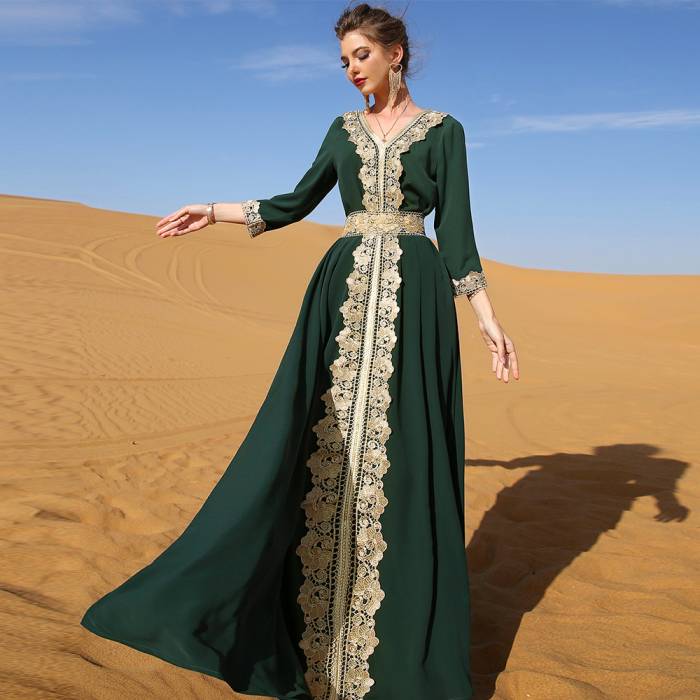
The Moroccan heritage and people are vividly expressed through traditional dress: garments and jewelry are living art that reveal regional identity, social customs, and craftsmanship.
Djellaba: a long, hooded robe worn by men and women across the country; practical for mountain winds and city streets (seen in medinas and rural areas).
Caftan: an embroidered ceremonial robe for women often worn at weddings and festivals; urban styles are highly ornate in Fez and Marrakech.
Berber textiles: hand‑woven rugs and garments from Atlas and Souss regions featuring symbolic patterns and natural dyes.
Silver jewelry: Amazigh (Berber) pieces include fibulae, amulets, and heavy silver necklaces, each style tied to a specific region or tribe.
Fez (hat): the red felt fez, named for the city of Fez, remains an iconic symbol though everyday use is now rare; it’s seen more in ceremonial contexts and tourism imagery.
Where to see and experience traditional Moroccan style: visit souks in Fez, Marrakech, and Chefchaouen; attend local craft workshops in the Atlas Mountains; and look for certified cooperatives selling ethically sourced textiles and jewelry.
Moroccan Cuisine: A Feast for the Senses
Moroccan cuisine blends Berber, Arab, Mediterranean and French influences staples include tagine and couscous, richly flavored with spices like cinnamon, cumin, saffron, and preserved lemon.
Key dishes to try
- Tagine: slow‑cooked stews named for the conical clay pot, common varieties: lamb with prunes, chicken with preserved lemon & olives, and vegetable tagine.
- Couscous: steamed semolina often served with vegetables and meat; traditionally eaten on Fridays in many households.
- Street bites : b’stilla (sweet‑savory pie), msemen (flatbread), kefta (spiced meatballs) and grilled sardines in coastal cities.
- Mint tea : green tea with fresh mint and sugar, a symbol of hospitality and a ritualized social beverage across Moroccan life.
Ingredients & spices
Moroccan food relies on a pantry of aromatic spices and local produce: cinnamon, cumin, turmeric, ginger, paprika, and saffron (notably from Taliouine). Preserved lemons, olives, dried fruits (apricots, dates) and nuts add sweet‑savory contrasts. Regional producemint from Meknes, citrus from the Fes region shows how area and climate shape dishes.
Where to eat and experience cuisine?
- Explore the souks and street stalls in Marrakech, Fez, and Casablanca for some real street food.
- Check out traditional riads and family-run eateries for that home-cooked tagine and couscous vibe.
- Join cooking workshops in the medinas or in villages of the Atlas Mountains for a hands-on experience and to visit local markets.
What to order (visitor tips)
- Give a lamb or chicken tagine with preserved lemon and olives a shot for an authentic taste of Moroccan food.
- Order up some couscous with seasonal veggies on a Friday to dive into tradition.
- Try out mint tea at a nearby café and embrace the hospitality ritual; pouring from a height really boosts the flavor and foam.
Ready to Start Your Morocco Journey?
Book your trip today with our expert planners, enjoy personalized itineraries tailored to your flights and travel needs, and claim 30% off as a first-time visitor!
Moroccan Traditional Music: The Rhythms of History
Music is central to Moroccan culture, with distinct styles linked to region, religion, and history. Hearing local music is one of the best ways to understand Moroccan art and identity.
Music traditions to know
Gnawa: West African‑influenced devotional music built on hypnotic rhythms and the gimbri (three‑stringed lute); often performed at spiritual ceremonies and evening concerts.
Andalusian classical: a refined repertoire brought by Muslims and Jews expelled from Spain after the late 15th century; still performed in northern cities and at cultural festivals.
Berber (Amazigh) music: communal songs and dances from mountain and rural areas using instruments such as the rebab (bowed fiddle) and bendir (frame drum); strongly tied to local ceremonies and seasonal festivals.
Where to hear it: Attend a Gnawa performance in Essaouira or Marrakech, Andalusian concerts in Tetouan or Fez, and village festivals in the Atlas Mountains for authentic regional experiences.
Moroccan Traditional Architecture: A Visual Feast
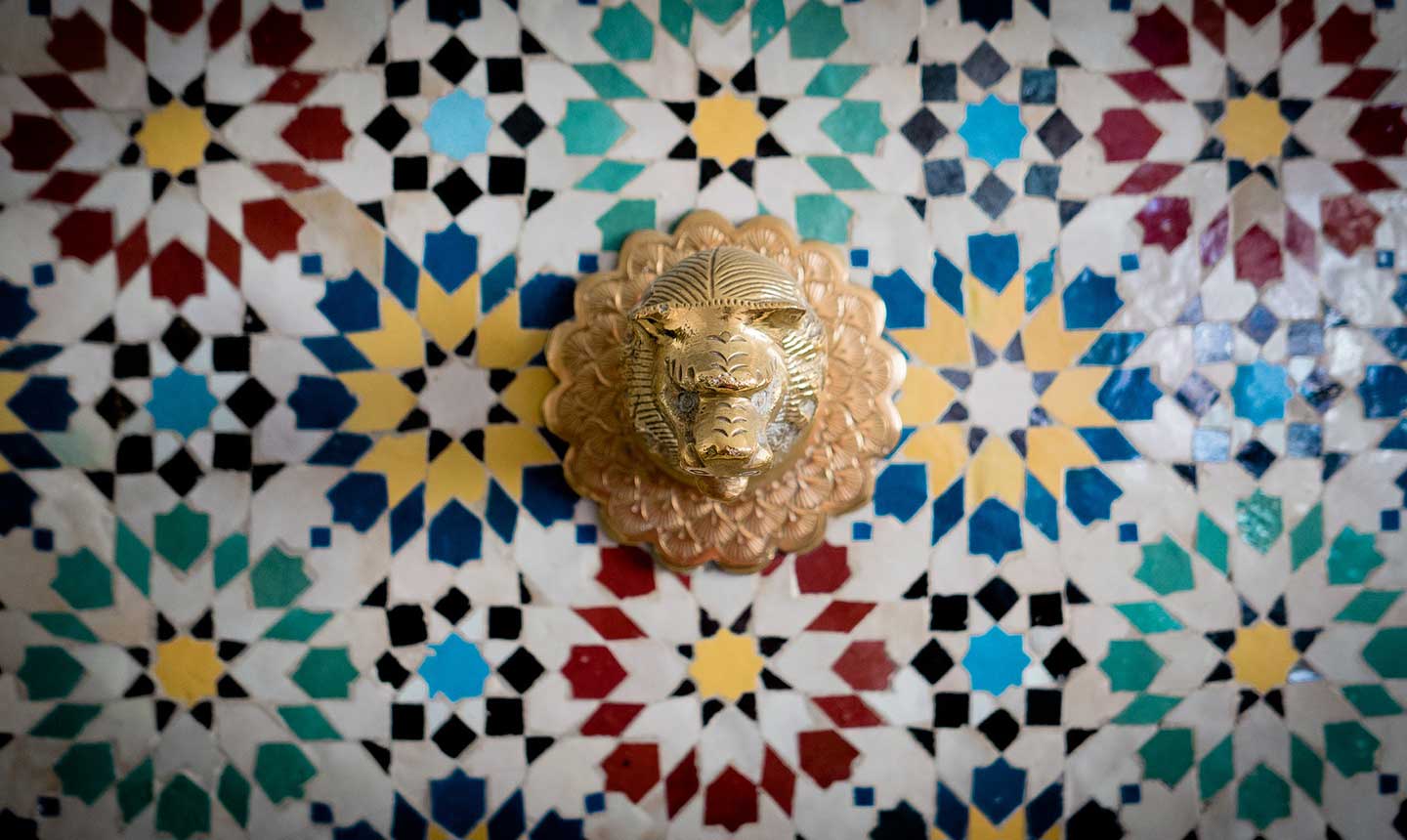
Moroccan architecture blends Arab, Berber, Andalusian and European influences into striking urban and rural forms from intimate riads to monumental mosques.
- Riads: inward‑facing homes built around a central courtyard and garden; iconic in medinas of Marrakech and Fez and a core part of the riad‑stay experience.
- Islamic architecture & mosques: elegant minarets, horseshoe arches, and ornate mihrabs are common; modern landmarks like Casablanca’s Hassan II Mosque (built late 20th century) showcase contemporary scale and craftsmanship.
- Decorative arts: zellij (geometric tilework), carved cedar wood, and stucco plasterwork are signature art forms visible across historical madrasas, palaces, and homes.
Where to see it: Explore the medina of Fez for centuries‑old madrasas and craft ateliers, Marrakech for riads and palaces, and Casablanca for modern Islamic architecture.
- Ultimate 10 Days Morocco Tour from Rabat – Explore the Magic of Morocco
Need Help with Transportation in Morocco?
Book a reliable private driver for your Morocco family adventure today – personalized routes designed just for you, and get 30% off as a first-time visitor!
Embracing Morocco’s Cultural Mosaic
Featured summary: Moroccan heritage today is a living blend of Amazigh (Berber), Arab, Andalusian and Mediterranean influences — visible in its cities, mountains, cuisine, music, and everyday life.
Morocco remains a model of cultural harmony in the Maghreb: centuries of external influences and internal development have produced a resilient cultural identity that welcomes visitors with warmth and hospitality.
Top cultural experiences (quick recommendations)
Fez : historic medina, madrasas, craft workshops (best for Moroccan art and architecture).
Marrakech : vibrant souks, riads, and music venues (ideal for food, markets, and traditional Moroccan life).
Atlas Mountains & rural villages : Amazigh culture, festivals, and mountain hospitality (authentic cultural immersion).
One‑line takeaway : Morocco is a place where ancient traditions and modern life blend seamlessly — a world-class destination for cultural travel and study.
- See the Blue Pearl with a private 2-day trip book now
- Travel across the Atlas and Sahara book your 5-day Fes to Marrakech tour
─── Your questions, our answers.
Frequently Asked Questions
Our dedicated team is here to answer your Morocco Travel questions and ensure a smooth, memorable journey through Morocco.
What is Moroccan heritage?
A centuries‑old cultural mix of Amazigh, Arab, Andalusian and Mediterranean influences shaping language, architecture, cuisine, and traditions.
What should I eat?
Try tagine and couscous, taste preserved lemon dishes, and enjoy Moroccan mint tea as a hospitality ritual.
Which cities show Moroccan architecture best?
Fez, Marrakech and Casablanca each showcase distinct styles medieval madrasas, riads, and modern mosques respectively.
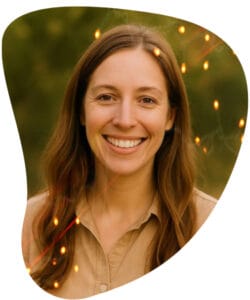
Kate Carter
Family Travel Blogger
Kate Carter is a mom and travel blogger who fell in love with Morocco’s culture and warmth. Through Morocco Family Vacation, she shares tips and stories to help travelers enjoy authentic, stress-free experiences. Join us along the way.
Table of Contents
Our Services
-
Private Family Tours
-
Custom Itineraries
-
Sahara Desert Tours
-
Chefchaouen & Northern Morocco Tours
-
Luxury Desert Camping
-
Multi-Day Tours (2–16 Days)
-
Atlas Mountains Trips
-
Cooking Classes & Market Visits
-
Photography & Heritage Tours
-
Airport Transfers & Private Transport
-
Custom Birdwatching Tour in Morocco
-
24/7 Tour Support & booking Flexibility
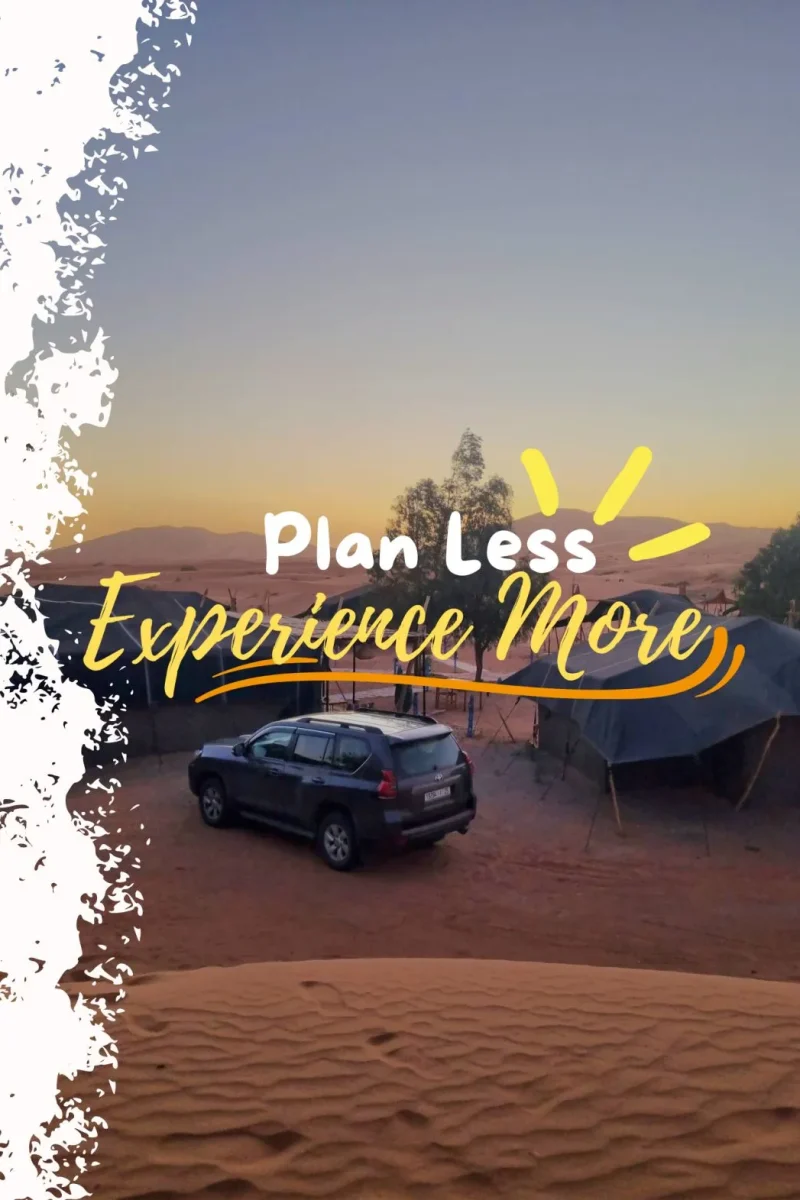
At Morocco Family Vacation, we create custom Morocco tour packages designed around your interests and travel style. As a dedicated and independent travel agency, we specialize in private Morocco tours offering memorable desert adventures, cultural experiences, and family friendly itineraries while delivering attentive, personalized service from start to finish.
Popular Tours
Latest Posts
get in touch
#Moroccan people
#Morocco culture
#Moroccan people facts
#Moroccan language
#Amazigh people
